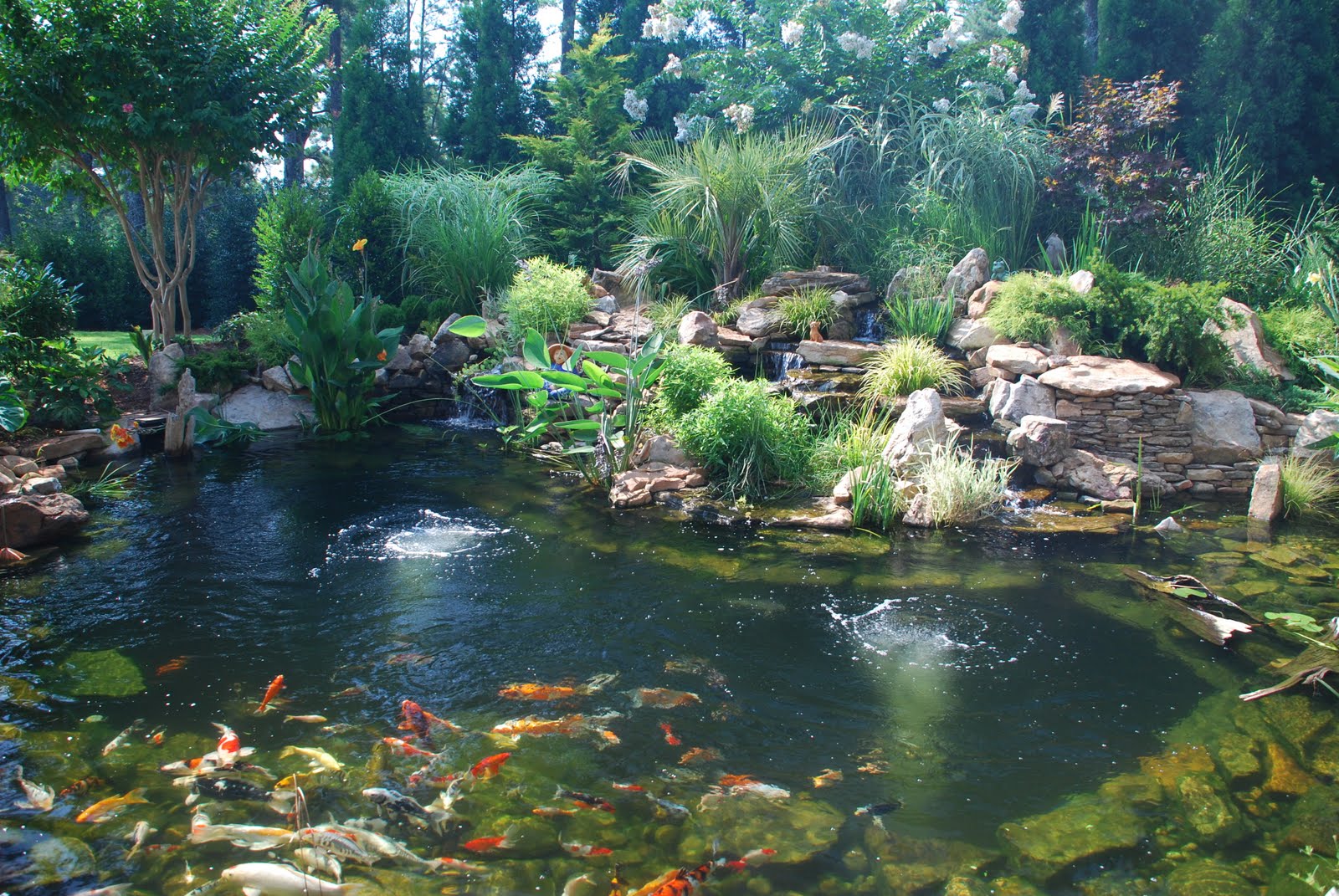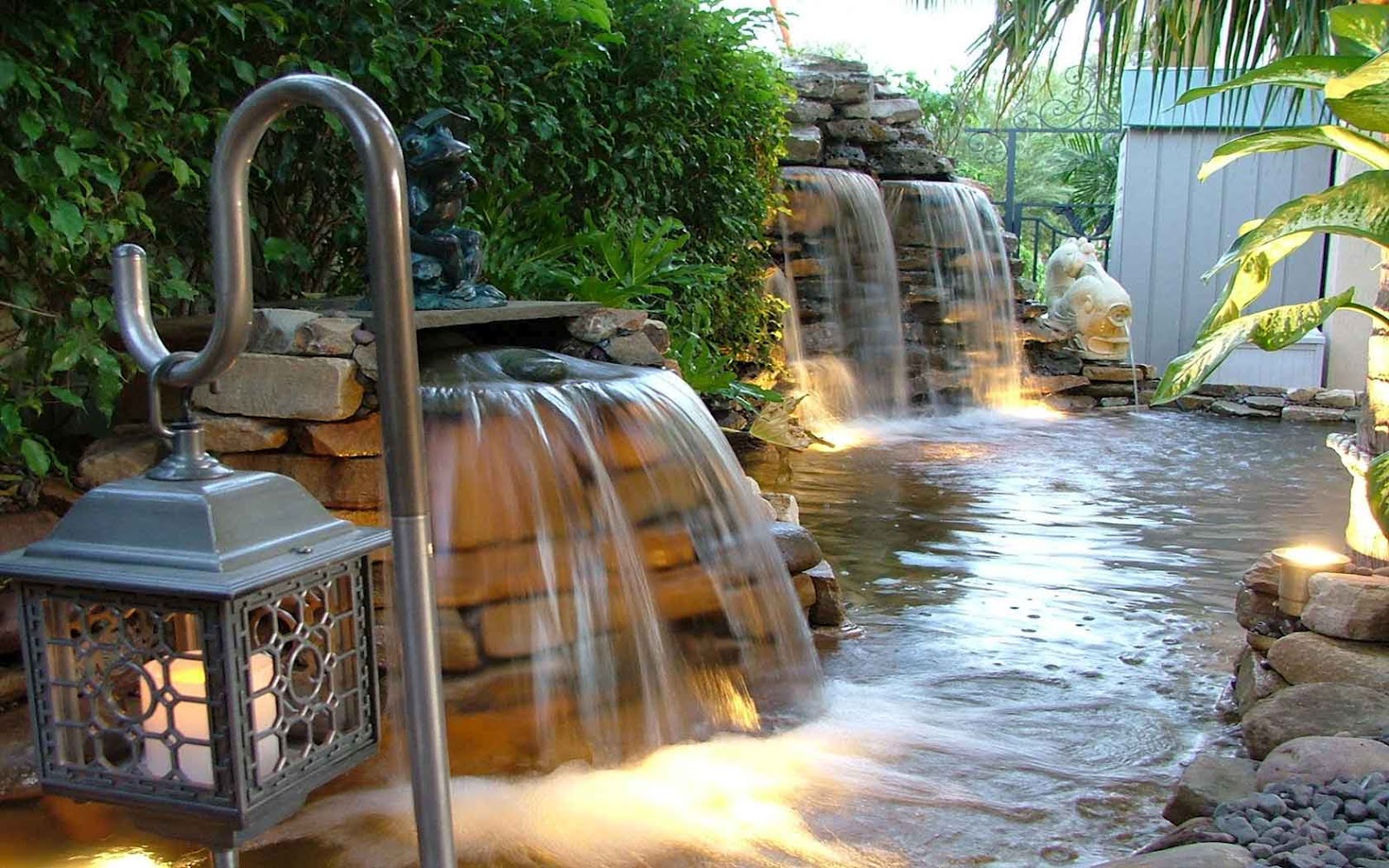
Phosphate in Koi Pond: A Comprehensive Guide to Controlling its Levels
Introduction
Koi fish are beautiful and graceful creatures that can add tranquility and serenity to any outdoor space. However, keeping them healthy and happy requires more than just feeding them and changing the water regularly. One of the most important factors that will determine the overall health and wellbeing of your koi is the quality of their pond water. In this article, we will discuss everything you need to know about phosphate in koi ponds and how to keep its levels under control.
What is Phosphate?
Phosphate is a compound that is commonly found in nature. It is a vital nutrient that is needed for the growth and development of plants and animals. Phosphate can be found in many different forms, including rocks, soil, and water. It is also commonly used in fertilizers and can be found in many household cleaning products.

Why is Phosphate Important in Koi Pond?
In a koi pond, phosphate is a double-edged sword. While it is an essential nutrient for aquatic plants and helpful bacteria, excessive levels of it can cause a variety of problems. Phosphate usually enters the pond through fish waste, uneaten food, and runoff from the surrounding area. It can also be introduced into the pond through tap water and other outside sources.

Effects of High Phosphate Levels in Koi Pond
- Algae Overgrowth: Algae are microscopic plants that thrive in nutrient-rich water. When there is excessive phosphate in the pond, it can cause an outbreak of algae. This is not only unattractive but can also deplete the oxygen levels in the water, which can be deadly for koi.
- Poor Water Clarity: High phosphate levels can make the water murky and cloudy, making it difficult to see and enjoy your koi. Poor water quality can also stress out your fish and make them more susceptible to diseases.
- Limited Aquatic Plant Life: Aquatic plants are an essential part of a koi pond ecosystem. They provide shade, oxygenation, and hiding places for your fish. However, excessive phosphate can limit the growth and survival of aquatic plants.
- Reduced Fish Growth: Phosphate can affect the overall health of your fish. It can cause stunted growth and reduced immunity, making your koi more susceptible to diseases.
Measuring Phosphate Levels in Koi Pond
The best way to determine the phosphate levels in your koi pond is to use a phosphate test kit. These kits are readily available at any pet store or online. Once you know the level of phosphate in your pond, you can take the necessary steps to reduce it.
Controlling Phosphate Levels in Koi Pond
Reducing the phosphate levels in your koi pond is essential to maintain a healthy and thriving environment for your fish. Here are a few steps you can take to control phosphate levels in your koi pond:
1. Regular Water Testing
Monitor the phosphate levels in your pond regularly. Testing your water regularly will help you identify any problems and take action before they get out of hand. Aim to test the water once a week during warm months and every other week during cooler months.
2. Do Not Overfeed Your Fish
Overfeeding your fish can lead to the accumulation of uneaten food and waste in the pond, which can cause excessive phosphate levels. Ensure that you feed your fish the right amount, no more or less than what they require to keep them healthy.
3. Minimize the Use of Fertilizers
Using fertilizers on your lawn or garden near the pond can introduce excessive amounts of phosphate into the water. Consider using organic fertilizers that are low in phosphate or avoid using them altogether.
4. Add Aquatic Plants
Aquatic plants are an excellent natural way to keep phosphate levels low in your pond. They absorb excess nutrients, including phosphate, from the water as they grow. Ensure that your plants receive enough sunlight and nutrients to thrive in your pond.
5. Use Phosphate Removers
There are different phosphate removers available in the market, which can be added to your pond water to reduce the phosphate levels. These products work by binding the excess phosphate in the water, making it easier to filter out. Be sure to follow the manufacturer’s instructions when using these products.

Conclusion
Phosphate levels in your koi pond are a crucial factor that you should not overlook. High levels can cause a variety of problems and can be harmful to your fish’s health. By monitoring the phosphate levels in your pond and taking the necessary steps to reduce them, you can ensure a healthy and thriving environment for your koi. Remember to regularly test your pond water, feed your fish the right amount, minimize fertilizer usage, add aquatic plants, and use phosphate removers when necessary. With these steps, you can enjoy watching your koi swim around in crystal clear water for years to come.